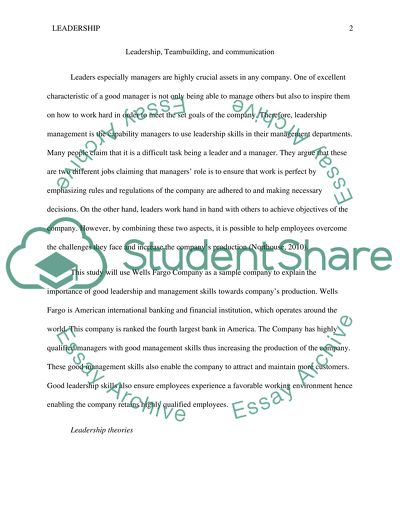Cite this document
(Teambuilding and Communication Essay Example | Topics and Well Written Essays - 2000 words, n.d.)
Teambuilding and Communication Essay Example | Topics and Well Written Essays - 2000 words. Retrieved from https://studentshare.org/sociology/1479645-leadership-teambuilding-and-communication
Teambuilding and Communication Essay Example | Topics and Well Written Essays - 2000 words. Retrieved from https://studentshare.org/sociology/1479645-leadership-teambuilding-and-communication
(Teambuilding and Communication Essay Example | Topics and Well Written Essays - 2000 Words)
Teambuilding and Communication Essay Example | Topics and Well Written Essays - 2000 Words. https://studentshare.org/sociology/1479645-leadership-teambuilding-and-communication.
Teambuilding and Communication Essay Example | Topics and Well Written Essays - 2000 Words. https://studentshare.org/sociology/1479645-leadership-teambuilding-and-communication.
“Teambuilding and Communication Essay Example | Topics and Well Written Essays - 2000 Words”, n.d. https://studentshare.org/sociology/1479645-leadership-teambuilding-and-communication.


